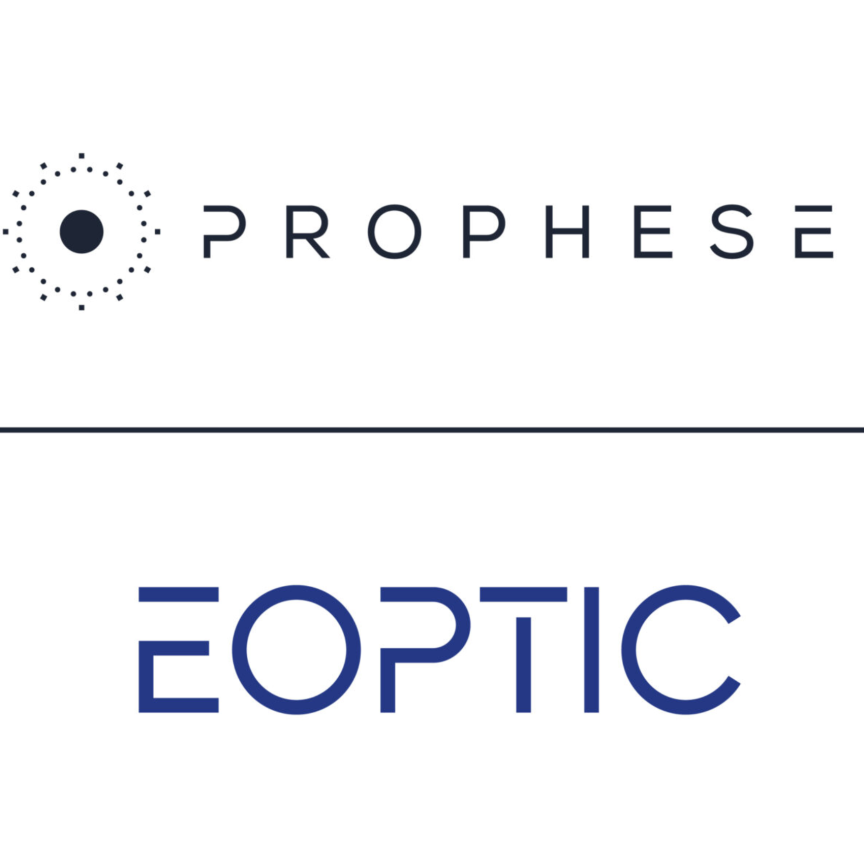How did you become part of the imaging industry?
I had my first experience while in college working on my undergraduate Electrical Engineering degree at Rochester Institute of Technology, which has a co-operative programme to help students gain real-world work experience while completing their studies. I sought co-op employment with the image sensor group that was to become Truesense Imaging, and began working with the knowledgeable and talented engineering staff of that business. My experiences included building our first, fully automated production image sensor test system and subsequently designing our first CMOS image sensor nearly 25 years ago! Those experiences proved to be quite valuable, both professionally and personally, and the imaging industry had firmly hooked me.
How do you convince customers that they need machine vision?
As an image sensor component supplier, machine vision is one of several markets we serve. We are one or sometimes two levels removed from the customer that needs the machine vision equipment. Our customers are primarily camera manufacturers or system integrators that provide machine vision equipment to their customers. Our challenge is to understand the needs of the various applications and to provide image sensors that enable our customers to serve those various applications.
What role does Europe have in the development of machine vision?
As long as I can recall, Europe has been a powerhouse in machine vision. Europe has led the world with highly automated manufacturing facilities producing goods of exceptional quality. Their heavy utilisation of machine vision equipment has fuelled the many big machine vision companies in Europe. These companies have set the global benchmark for technical excellence in their products, and this has driven other countries to improve their products. I expect the European companies to continue to have a strong influence.
What do you see as the major growth sectors?
There is little doubt that consumer electronics will continue to expand. Smart phones and tablet devices continue their significant growth and have become integral parts of our personal and work lives. These devices are manufactured in enormous volumes to satisfy consumers, and of course the performance and quality of these products is ever increasing. Manufacturing will continue to employ more machine vision systems, with increasing sophistication and higher throughput capabilities to meet the demands of the market. Another area that has shown growth, and is expected to continue growing, is food inspection. Improving the quality and safety of the food we consume will remain an important application for machine vision equipment.
What do you see as the most important technological challenges facing the industry?
There is an insatiable appetite for higher-throughput inspection systems. Manufacturers want to produce more goods, of higher quality, and produce each unit in less time. This requires faster inspection systems and thereby more data coming from the image sensors and more data crossing the camera interfaces. Higher bandwidth interfaces have emerged in recent years to accommodate higher-speed image sensors, however concerns regarding system compatibility or interoperability remain. How will the industry deal with this challenge?
Another technological challenge that the industry faces is that of image sensor technologies. For many years some have thought that CMOS image sensors will take over all imaging applications and the CCD image sensor will disappear into the sunset. Our view is different. These technologies have their strengths and weaknesses, and we feel that neither is really ‘better’ or ‘worse’. They are different. These technologies will coexist, each of them serving the imaging applications that require their specific strengths, be it resolution, frame rate, image uniformity, dynamic range, true electronic global shutter functionality, or another parameter. We intend to serve all high-performance imaging applications by offering the broadest image sensor portfolio.
What will be the most significant commercial change in the industry during the years ahead?
This is a very difficult question. One might have better odds at picking lottery numbers than predicting the single most significant commercial change facing the machine vision industry. One thing is certain, the world will change. It may be more evolutionary than revolutionary, but change it will. The machine vision industry, as a whole, must remain open to the changes and challenges that lie ahead and must be nimble enough to respond in a timely manner as situations present themselves. On a trip to China several years ago, I came across a bright red banner hanging in a manufacturing facility that succinctly summed it up. The sign simply stated: ‘Change or Perish.’ Words for all of us to be mindful of.


